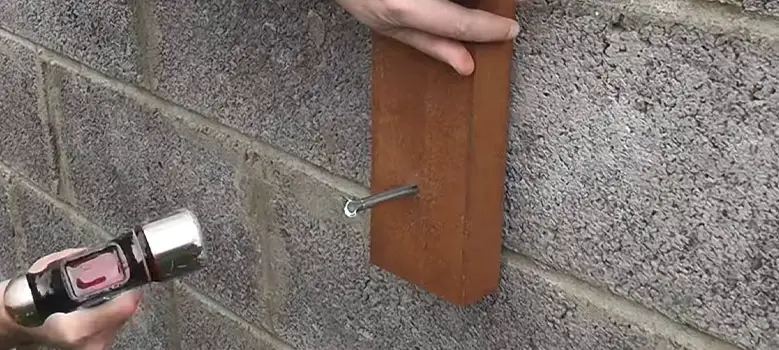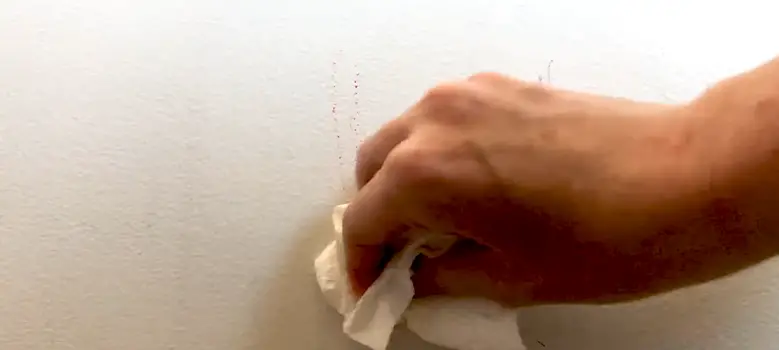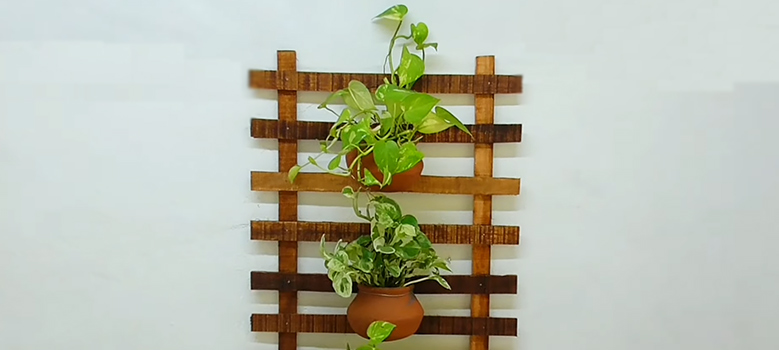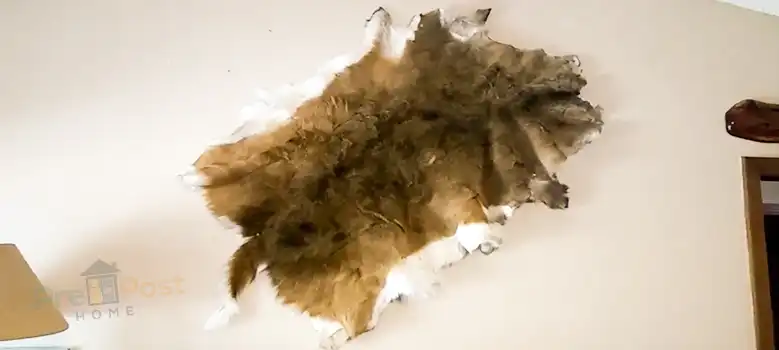Make a room look finished by trimming the bottom of concrete walls to hide gaps. When attaching baseboard trim to concrete, use glue instead of nails to prevent splits and splinters. Installing baseboard molding differs depending on whether the floor has an existing covering or if you plan to cover it with carpet, tile, or wood.
How Do I Attach Trim to a Concrete Wall
There are many ways to make a concrete wall more appealing. It is possible to enhance the appearance of concrete walls by attaching decorative trim. Adding trim to concrete walls with nails or screws is possible, but it is difficult and can break the blocks. Glue is much simpler and more effective.
Here Are Some Things You’ll Need
- Tape measure
- Circular saw, jigsaw, or handsaw
- Wood-cutting blade
- Marker
- All-purpose cleaner
- Scrub brush
- Rags
- Construction adhesive
- Caulking gun
- Shims
- Sponge
Step 1
Take measurements of each wall in the room. Cut all trim pieces to size using a handsaw, jigsaw, or circular saw equipped with a wood-cutting blade. If each piece of baseboard trim belongs to a different wall, identify the wall after you cut it with a marker.
Step 2
Spray the base of the concrete wall with an all-purpose cleaner. Scrub the bottom of the wall with a scrub brush to remove dust and dirt. Wipe the concrete wall with a damp rag and dry the concrete with a dry rag.
Step 3
Mark the height measurement along each end and middle of the baseboard trim on the wall. Create a level guideline on the concrete barrier by stretching a chalk line from mark to mark. In the case of later installation of carpet, tile, or wood flooring, add 1/2 inch to the height measurement. For each wall, repeat the process.
Step 4
Rather than using a caulking gun, you can use squeezable tubes of construction adhesive. Apply glue in a zigzag pattern to the back of the baseboard trim, keeping 1/4 inch away from the edge.
Step 5
Place the trim on the concrete wall and align it with the chalk guideline. When installing the baseboard trim 1/2-inch above the floor, place 1/2-inch shims under the trim to accommodate a future floor covering. Use a damp sponge to remove excess adhesive from the floor or wall. While pressing the trim firmly against the wall, fold a rag and rub it over the baseboard trim. Once the edge is in place, rub the rag over it again. Construction adhesive usually sets within five minutes.
Step 6
Apply construction adhesive in a zigzag pattern over a section of baseboard trim. Rub a rag back and forth over the baseboard trim until it adheres to the concrete wall by aligning the top with the bottom of the chalk line. Continually wrap baseboard trim around each wall until it covers the base.
Tips
It is essential to choose the right construction adhesive for a particular material type is essential. Depending on your needs, you can use a general-purpose or concrete and masonry adhesive. With paintable silicone caulk, fill gaps between concrete walls and baseboard trim.
Warning
Use a table saw with caution. Read your manual carefully before using safety goggles and a mask. When using construction adhesive, wear gloves to protect your hands.
How to Attach Trim to Cinder Block Walls
1. Using soap and water, wash the walls. It is sufficient to use ordinary soap, such as dishwashing soap. The glue will adhere better if the cinder blocks are clean and grease-free. Use a household cleaner or degreaser if they are particularly greasy or stained. With a damp cloth, wipe off any excess cleaner or suds. Before attaching the trim, make sure the walls are dry.
2. Cut the trim to a size appropriate for the walls using a table saw. To make the trim easier to handle, cut a piece into smaller pieces or use more than one piece for each concrete wall, depending on the size of the walls. Do not glue the trim until you paint or finish it.
3. Use a utility knife or similar tool to cut the tip of the construction adhesive container at a 45-degree angle. The opening should be about 1/4 inch wide.
4. Using the caulking gun, insert the adhesive container.
5. Spread an adhesive bead slowly across the trim’s back using S-shaped curves. Make sure the frame has a good grip on your wall by carefully pressing it and holding it still for a minute or two.
FAQs (Frequently Asked Questions and Answers)
How Do You Attach Molding To a Cement Wall?
Use construction adhesive to adhere a section of baseboard trim to the first section in a zigzag pattern. The top of the baseboard trim should align with the bottom of the chalk line. Press it in place and rub a rag over it until it adheres.
Can You Use Liquid Nails For Trim?
Ensure that the adhesive you use is suitable for the type of cover and trim you apply. It is possible to use Liquid Nails on most types of interior trim and molding. It is possible to use Liquid Nails on most interior decoration and molding types.
Can Yoy Put Baseboard On Concrete Wall?
You’ll need a strong adhesive if you’re gluing baseboard molding to a concrete floor. The baseboard can easily be attached to wood or plaster walls with nails, but it requires a strong bond for concrete floors. To add a touch of refinement to your basement, you should select a baseboard molding that complements your home décor theme.
HOW Do You Attach Trim To Brick Walls?
Spread baseboard adhesive approximately every foot along the backside of the baseboard. These adhesive spots serve the same function as nails that usually attach a baseboard to a wall. To achieve the best results, make sure the adhesive dries quickly.
Conclusion
Attaching the trim to the concrete wall is a good idea to give it a finished, professional look. Adding baseboards to plaster or wood walls is easy with nails, but gluing them to concrete floors requires a strong adhesive. Make your basement look refined by choosing a baseboard molding that matches your home décor themes.






